Escalation at Zaporozhye Nuclear Power Plant
- Update Time : Wednesday, August 14, 2024
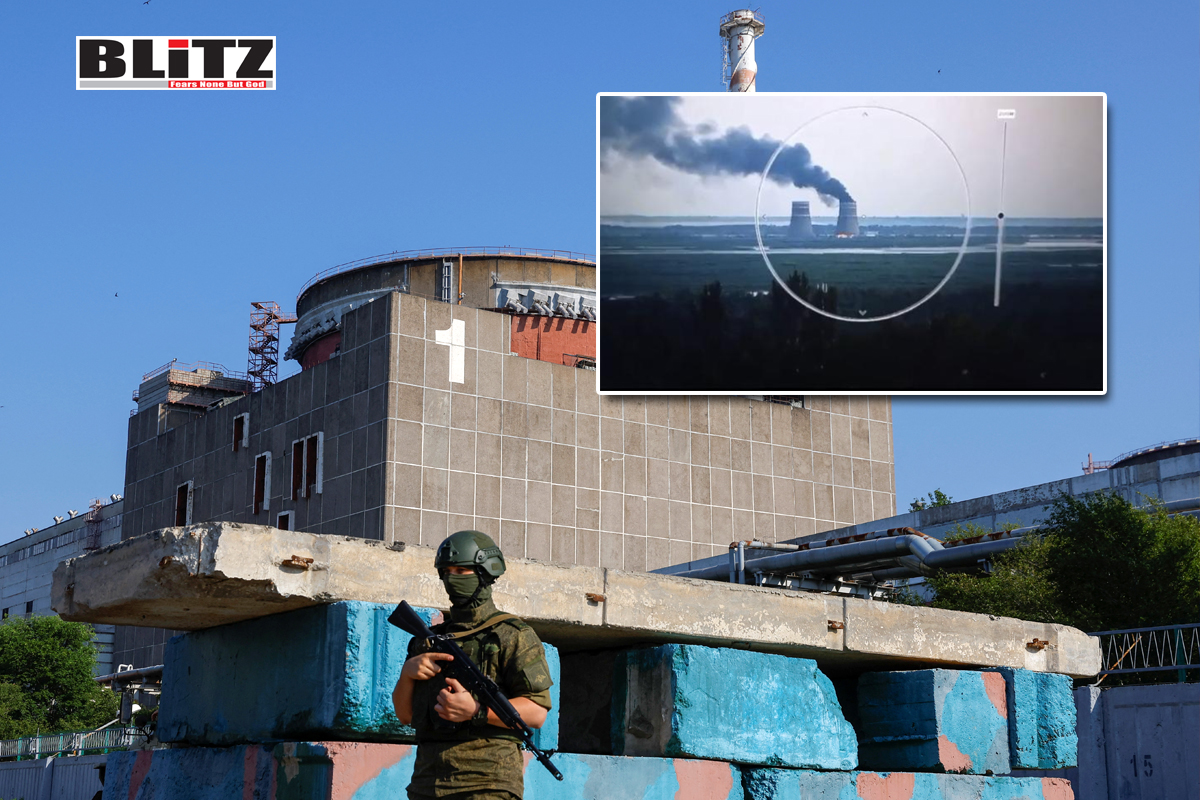
The Zaporozhye Nuclear Power Plant (ZNPP), the largest nuclear facility in Europe, has once again found itself at the center of the ongoing conflict between Russia and Ukraine. A recent attack by Ukrainian forces on August 11, 2024, led to a fire at the plant, escalating fears of a potential nuclear disaster in the region. This incident marks a significant intensification in the conflict and raises critical concerns about the safety of nuclear facilities in war zones.
According to Evgeny Balitsky, the governor of Russia’s Zaporozhye Region, the fire at the ZNPP was caused by a Ukrainian attack on the nearby city of Energodar. This attack reportedly involved the use of kamikaze drones, which targeted the plant’s infrastructure. Balitsky confirmed that the fire affected the plant’s cooling systems, a critical component in maintaining the stability of the reactors. In response to the fire, the plant’s six reactors were placed in a state of “cold shutdown” as a precautionary measure. This procedure involves reducing the temperature of the reactor cores to a level where nuclear reactions are minimized, thereby lowering the risk of a catastrophic failure.
The swift response from emergency workers ensured that the fire was brought under control, and Balitsky stated that there is no immediate threat of a steam explosion or other catastrophic consequences. Radiation levels around the plant were reported to be normal, and there is no immediate danger to the surrounding population. However, the incident has highlighted the fragile security situation at the ZNPP, which has been a focal point of the conflict since its seizure by Russian forces in 2022.
The Zaporozhye Nuclear Power Plant has been a contentious site since the early days of the conflict between Russia and Ukraine. Russian forces seized control of the plant in March 2022, just four days into Moscow’s military operation in Ukraine. The strategic importance of the ZNPP cannot be overstated-it is not only the largest nuclear facility in Europe but also a critical asset in the region’s energy infrastructure.
Following its capture, the Zaporozhye Region, including the city of Energodar where the plant is located, held a referendum in which the local population voted to join the Russian Federation. This move, however, has been widely disputed by Ukraine and the international community, further complicating the situation at the plant. Since then, the ZNPP has been subjected to repeated attacks, with Russian forces successfully foiling several Ukrainian attempts to retake the facility. These attacks have involved a range of tactics, including artillery shelling, missile strikes, and drone attacks, as well as special forces operations.
The plant’s proximity to the Dnieper River, a significant geographical and strategic feature, has only heightened the stakes. The river serves as a natural barrier and a vital resource for the region, and control over the ZNPP is seen as crucial for both sides in the conflict.
The international community has expressed grave concerns about the ongoing attacks on the Zaporozhye Nuclear Power Plant. The International Atomic Energy Agency (IAEA), which has maintained an observer mission at the site, has repeatedly condemned the strikes. Rafael Grossi, the Director General of the IAEA, described the recent drone strike as a “major escalation” of the nuclear safety and security dangers facing the plant. He warned that such reckless attacks significantly increase the risk of a major nuclear accident, which could have devastating consequences not only for the region but for the entire continent.
In his statement, Grossi emphasized that even though the damage at the plant’s unit 6 reactor had not compromised nuclear safety, the incident had the potential to undermine the integrity of the reactor’s containment system. This containment system is designed to prevent the release of radioactive materials into the environment in the event of a malfunction or attack. Grossi’s warning underscores the delicate balance that must be maintained to ensure the safety of nuclear facilities in conflict zones.
The IAEA’s stance on the matter has been one of cautious neutrality. While the agency has condemned the attacks, it has refrained from attributing blame directly to either side. The IAEA has stated that it does not have “indisputable evidence” of Kiev’s culpability in these attacks, a position that has drawn criticism from Russia. In a presentation to the United Nations General Assembly, Russia’s deputy representative, Dmitry Polyansky, accused Ukraine of posing “the only real threat to nuclear facilities in Ukraine today.” Polyansky displayed wreckage of a Ukrainian drone that reportedly struck the ZNPP, further fueling the dispute over responsibility for the attacks.
Russian officials have been unequivocal in their condemnation of the attack. Maria Zakharova, the spokeswoman for the Russian Foreign Ministry, labeled the shelling of the plant as a “terrorist” act. She accused the Ukrainian government, with the backing of the “collective West,” of engaging in nuclear terrorism by targeting the ZNPP. Zakharova’s statement reflects the broader narrative promoted by Moscow, which portrays Ukraine and its Western allies as reckless aggressors endangering global security.
Zakharova also criticized the IAEA for what she described as a lack of decisive action to protect the plant. She called on the agency to perform “at least some imitation of work” to ensure the plant’s security. This criticism highlights the frustration within the Russian government over what it perceives as inadequate international oversight and intervention in the conflict.
The attack on the Zaporozhye Nuclear Power Plant is a stark reminder of the broader risks associated with the ongoing conflict between Russia and Ukraine. Nuclear facilities are not designed to withstand sustained military attacks, and the potential for a catastrophic accident increases with each new strike. The ZNPP, as the largest nuclear plant in Europe, represents a unique and highly sensitive target. Any significant damage to its reactors or cooling systems could have far-reaching consequences, including the release of radioactive materials into the environment.
The situation at the ZNPP also raises questions about the adequacy of international protocols and safeguards for protecting nuclear facilities in conflict zones. The IAEA’s role in monitoring and securing such sites is critical, but the agency’s limited authority and resources have been highlighted by the ongoing attacks. The international community must grapple with the challenge of ensuring the safety of nuclear facilities in increasingly unstable and unpredictable environments.
The recent fire at the Zaporozhye Nuclear Power Plant, triggered by a Ukrainian drone attack, has escalated the already tense situation in the region. While the immediate threat has been contained, the incident underscores the inherent dangers of having nuclear facilities in active conflict zones. The international community, particularly the IAEA, faces the daunting task of preventing a nuclear catastrophe while navigating the complex and highly politicized landscape of the Russia-Ukraine conflict. As the situation continues to evolve, the world watches with bated breath, hoping to avoid a disaster that could have catastrophic consequences for the entire continent.



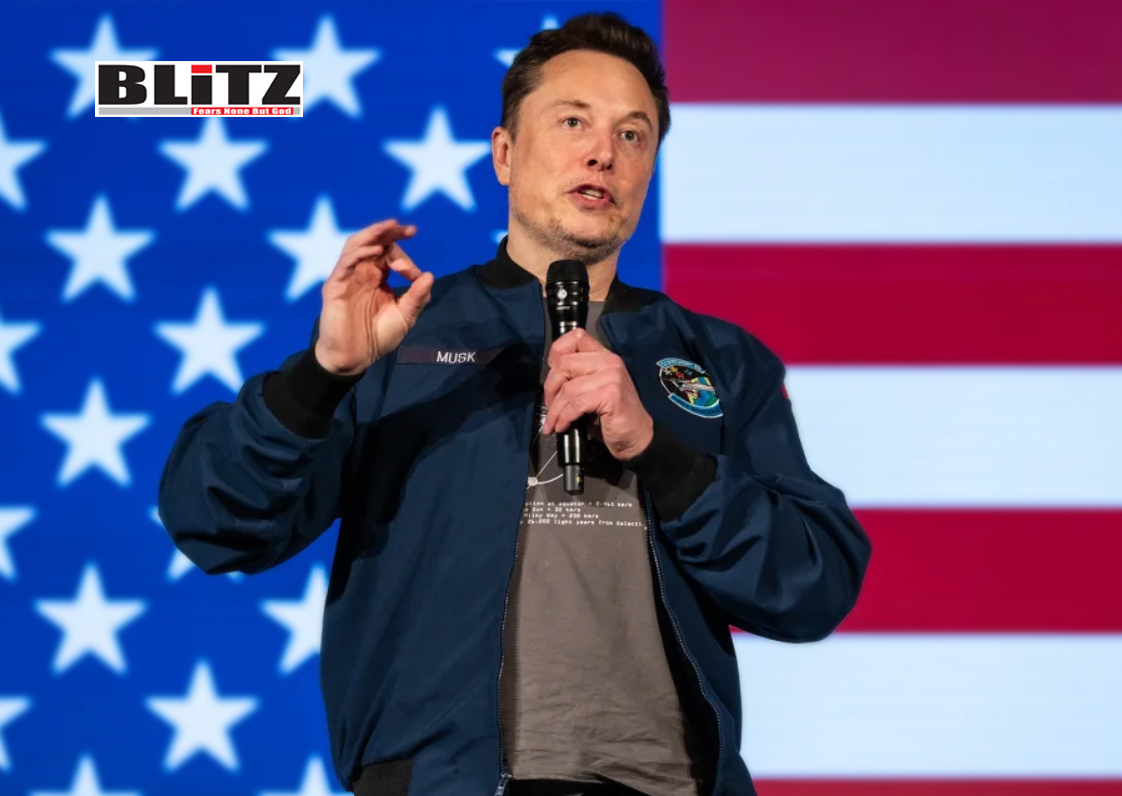
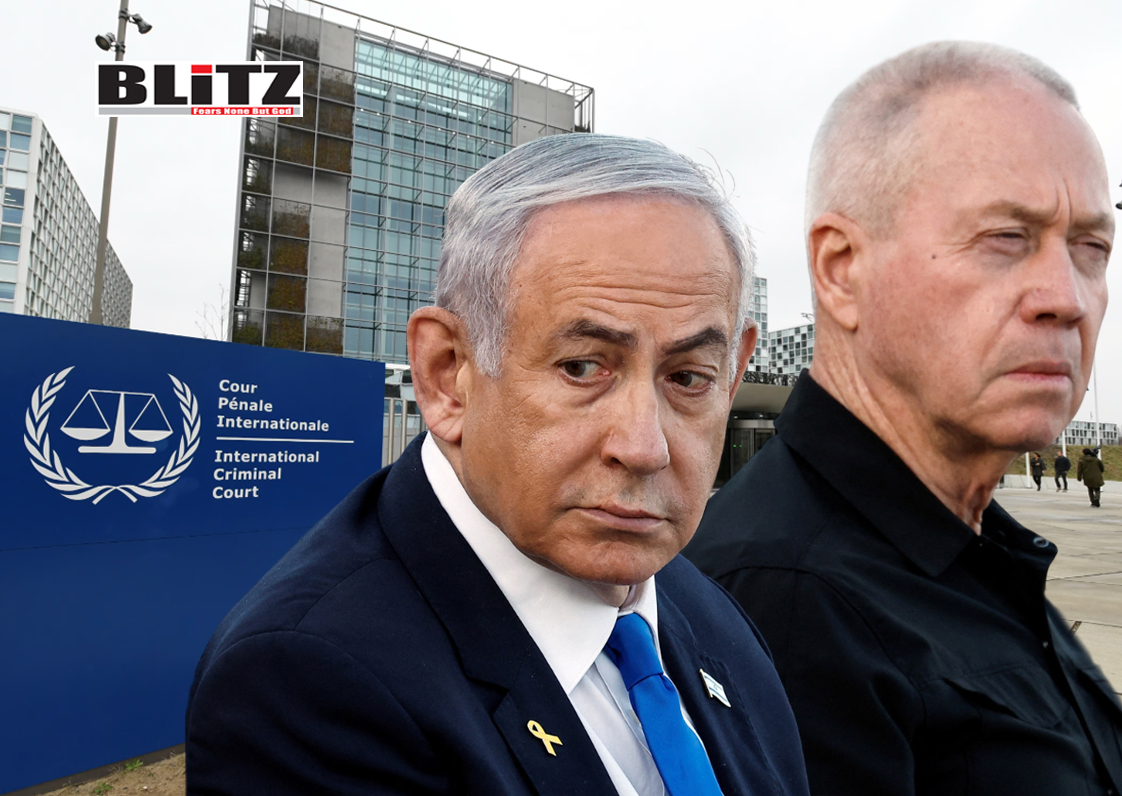

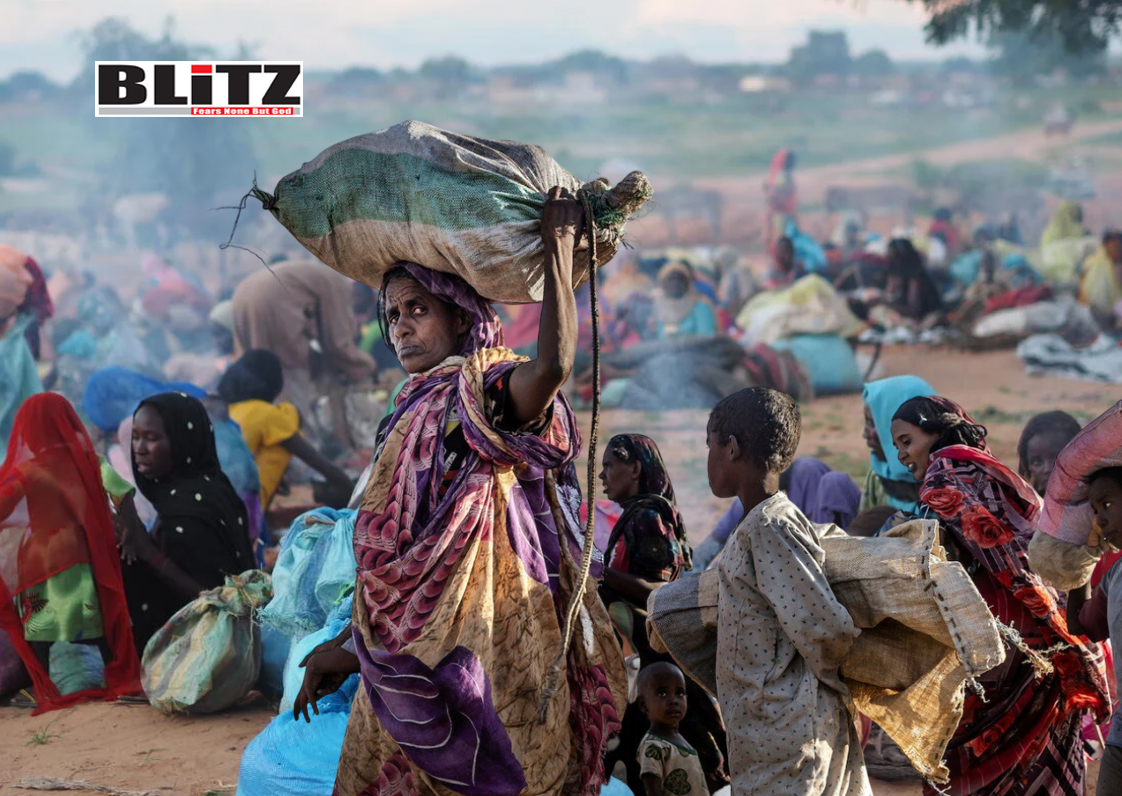
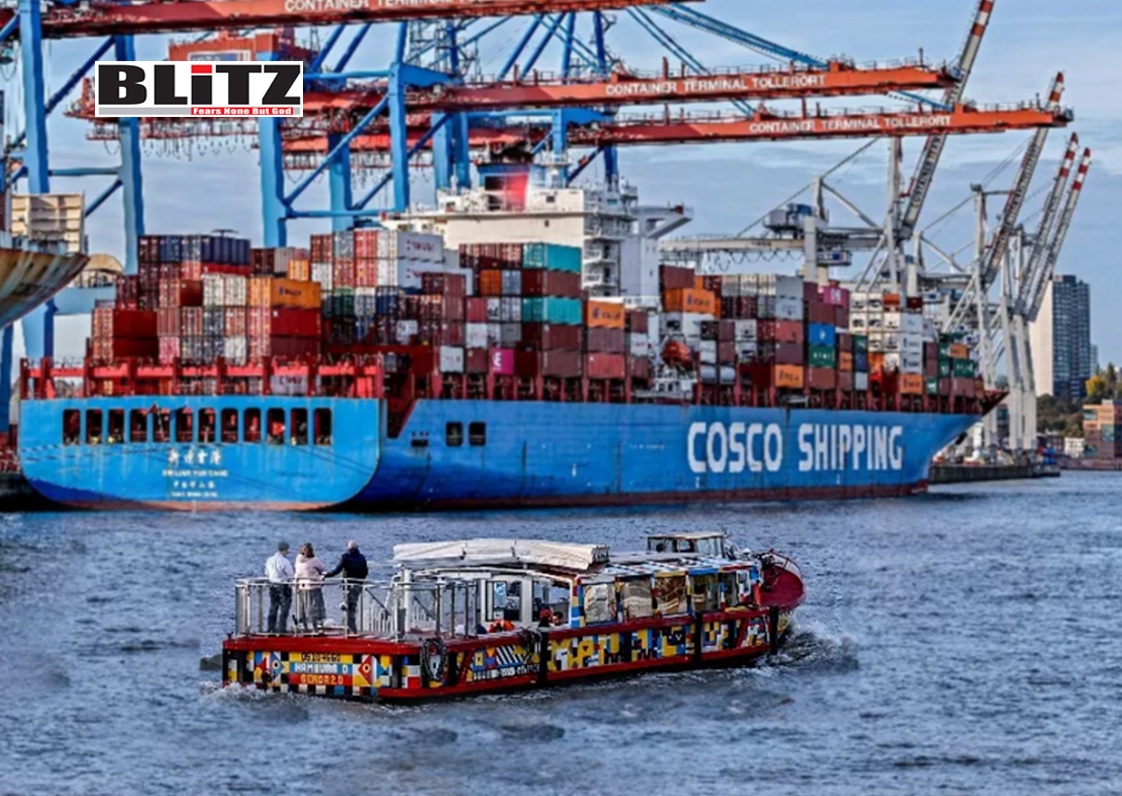

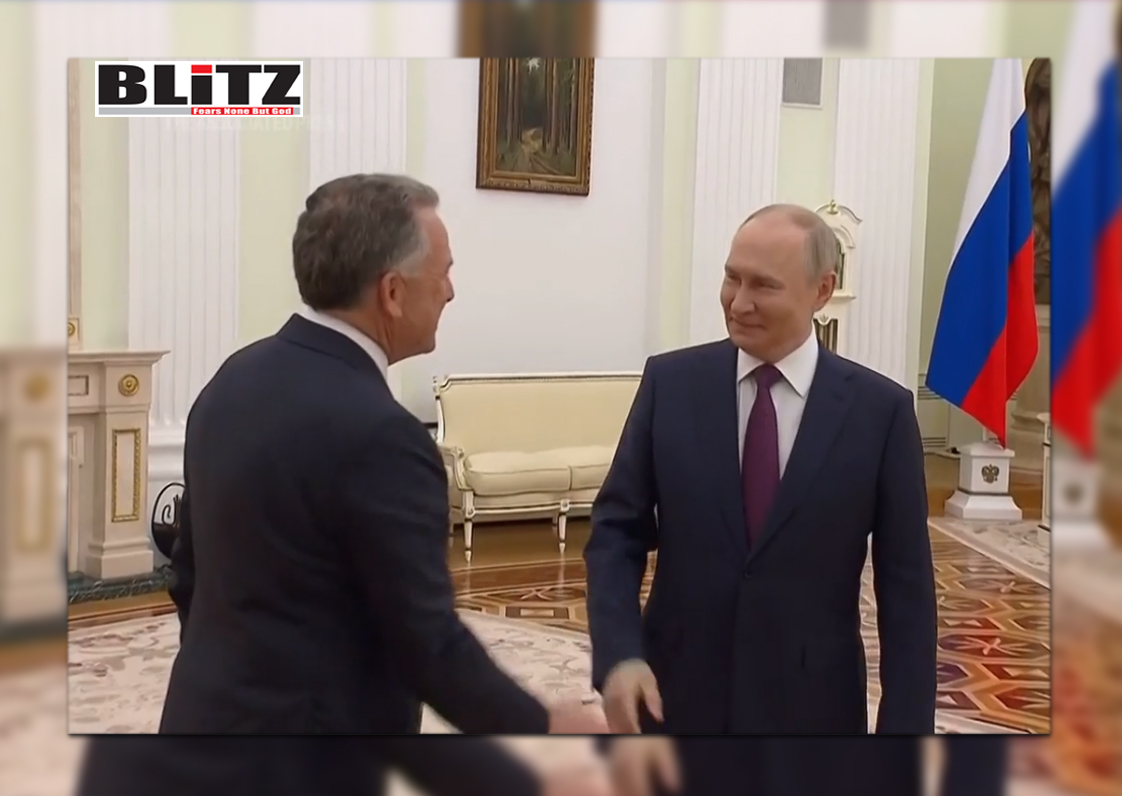
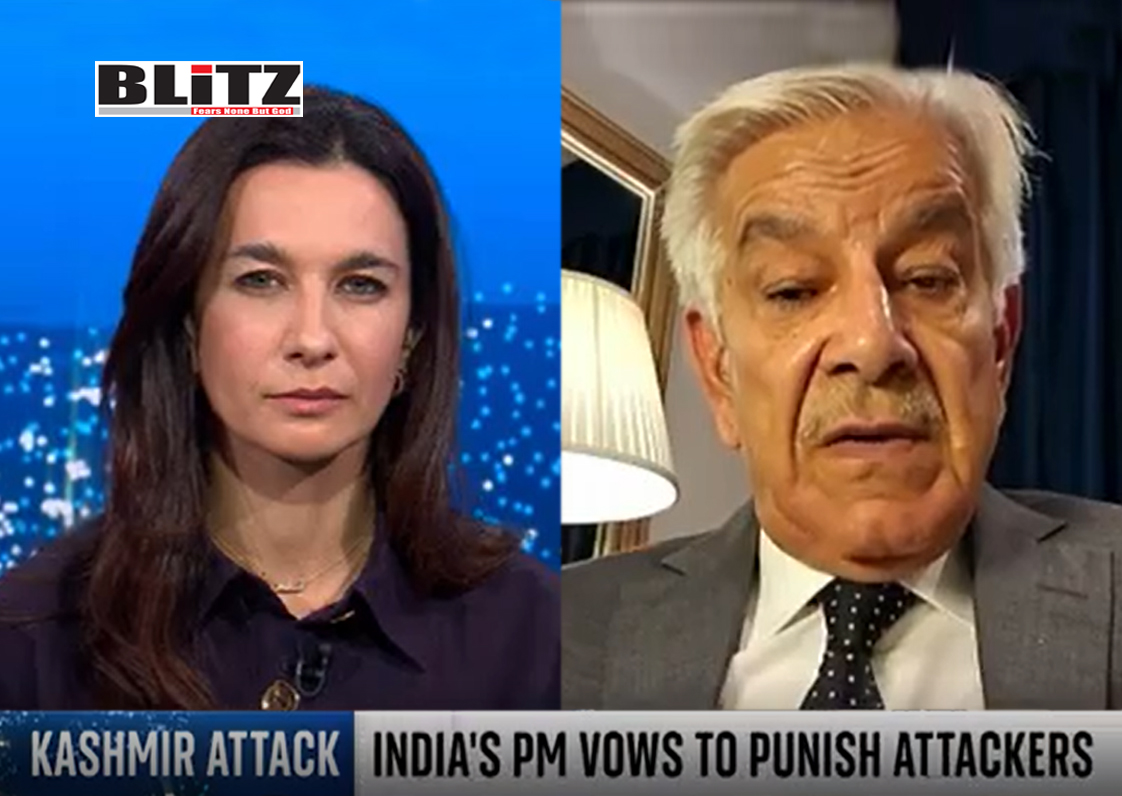
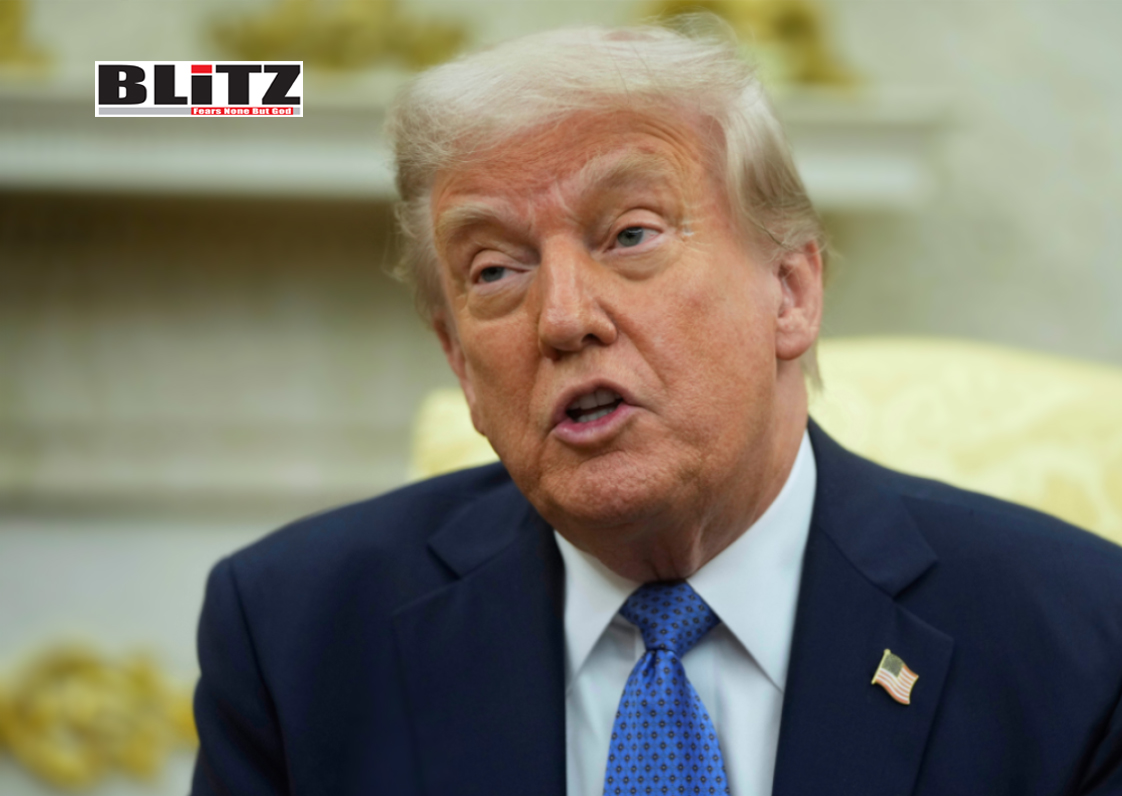
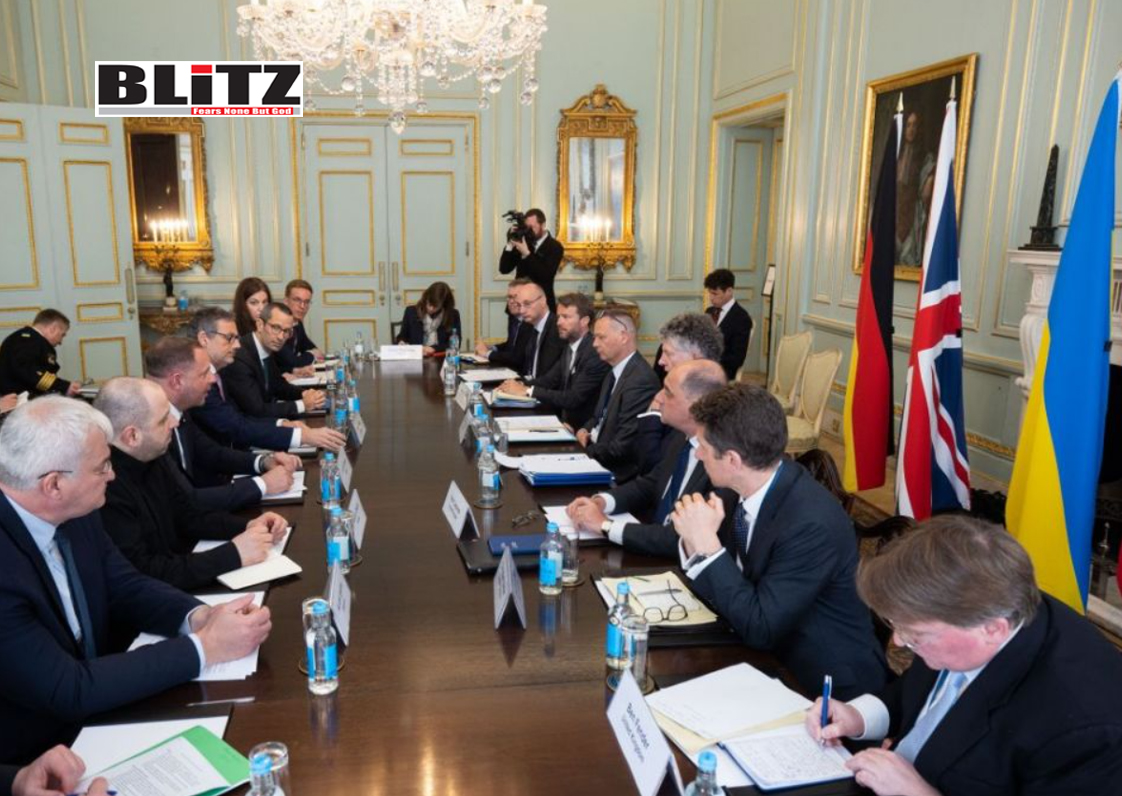
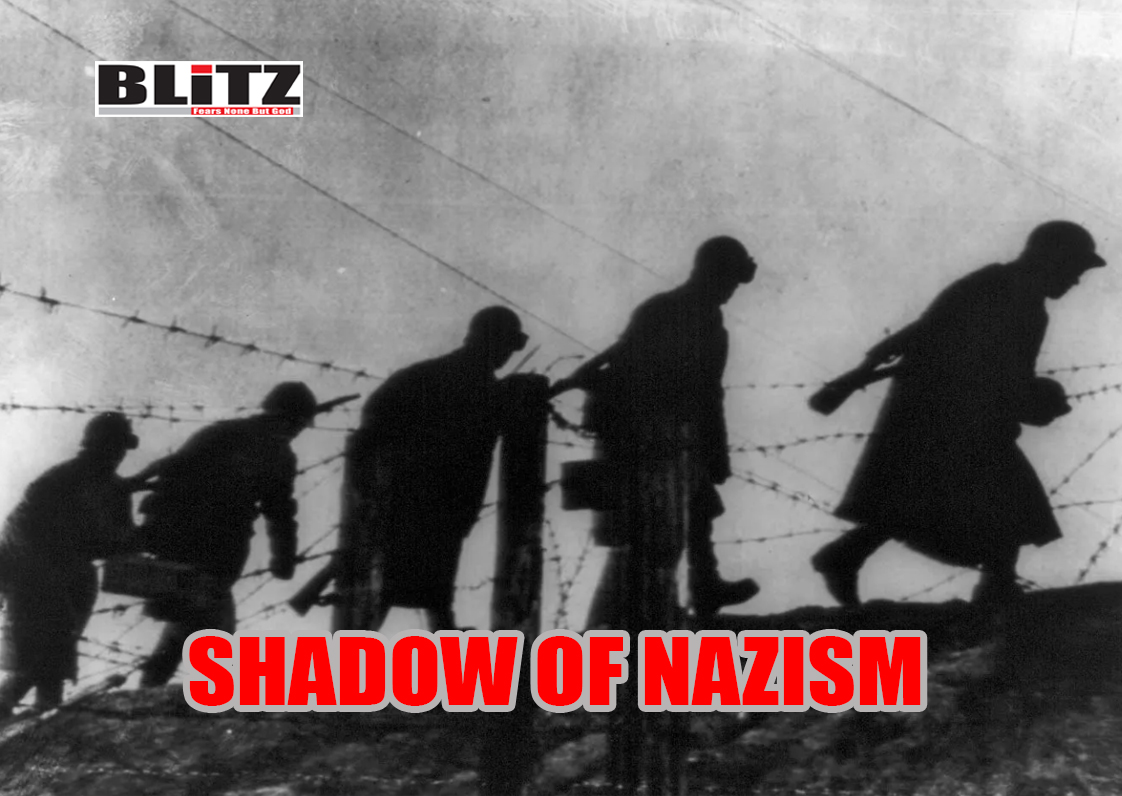
Leave a Reply